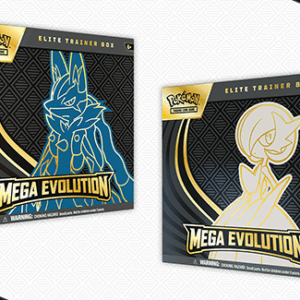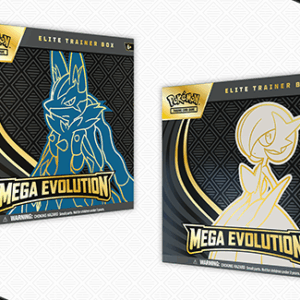In the peculiar world of high-stakes cardboard collecting, even the most thrilling game can’t touch the drama unfolding at a Best Western hotel in Strongsville, Ohio. Here, vintage sports cards worth $2 million have vanished into thin air—or perhaps into a much more tangible set of sticky fingers—prompting a lawsuit that’s shaking the foundations of the hobbyist community and raising existential questions about security, trust, and the sanctity of baseball history.
Memory Lane Inc., a high-profile auction house based in California, has found itself caught in the crossfire. The company had carefully packed and shipped 54 rare, vintage baseball cards—among them, two treasures: a 1909 Ramly Walter Johnson and a 1941 Ted Williams, cards whose fabled status fetched a combined value alone flirting near the six-figure mark. FedEx dutifully delivered the package to the Best Western Plus hotel, but when a Memory Lane employee arrived to retrieve this trove, it was mysteriously gone.
The situation quickly unraveled into a tale worthy of its own heist movie. An investigation revealed an inside job: hotel staff member Jacob Paxton, rather than simply enjoying America’s pastime, engaged in a more nefarious exercise. Paxton intercepted the high-value package, handed it off to an accomplice named Jason Bowling, and set off a chain of events that now reads like a modern-day “Who Dunnit?” As law enforcement closed in, 52 of the cards found their way back to their rightful owner, but both the Walter Johnson and the Ted Williams eluded capture, disappearing into the abyss of the black market or private collections.
While justice partially prevailed—Paxton found himself on an extended involuntary stay behind bars with a four-to-six-year sentence, and Bowling was doled out community supervision—the damage wasn’t just to the cards. Memory Lane Inc. suffered a reality-altering hit to their brand. In a world where reputation equates to currency, a breach like this risks more than lost revenue; it calls into question the very trust that buoys their business.
Seeking redress and perhaps a measure of deterrence for the future, Memory Lane has now escalated the matter the legal way, targeting Best Western International and their local associates with a hefty civil lawsuit. The core of their claim lays the blame at Best Western’s feet, accusing them of negligence in their hiring practices and oversight, effectively entrusting invaluable collectibles to someone unfit to handle them. Given Best Western’s expansive reach and robust earning reports rolling into the billions, this lawsuit holds the potential to rewrite the rulebook for hotels and shipping companies when it comes to safeguarding high-value items.
It is an ironic twist that the hotel, intended to be a refuge for travelers, has become a battleground for security standards. Yet, this isn’t an isolated hazard; the broader sports memorabilia industry has been under siege. The National Sports Collectors Convention, a Mecca for card enthusiasts, has been plagued by a spate of brazen heists. Over the last two years, the polished veneer of this annual gathering has been chipped away by the theft of gems like a 1951 Bowman Mickey Mantle rookie and a 1986 Fleer Michael Jordan rookie. These flashpoints serve as cautionary tales of vulnerability despite increasing security measures and vigilance.
As the financial stakes climb higher within the world of sports cards, so too does the associated risk. Inspired by escalating threats, collectors and dealers are becoming ever more meticulous in fortifying their investments. Security enhancements are nearly as prevalent as the cards themselves—locking cases, 24-hour surveillance, comprehensive insurance, and other stringent measures are becoming non-negotiables. Yet, the unfortunate paradox is that the more barriers erected to protect these slices of Americana, the more enticing a successfully executed theft becomes.
The unfolding courtroom drama involving Memory Lane and Best Western could very well set a precedent, potentially tightening protocols and raising the bar for accountability. However, until the dust settles, the unspoken consensus within the world of collectors is unequivocal: sports cards, once an innocuous pastime relegated to shoeboxes, must now be defended with the same intensity that’s given to objects of fine art and precious gems. Because in this community, what’s at play isn’t just valued memorabilia; it’s a piece of cherished, cultural legacy.






